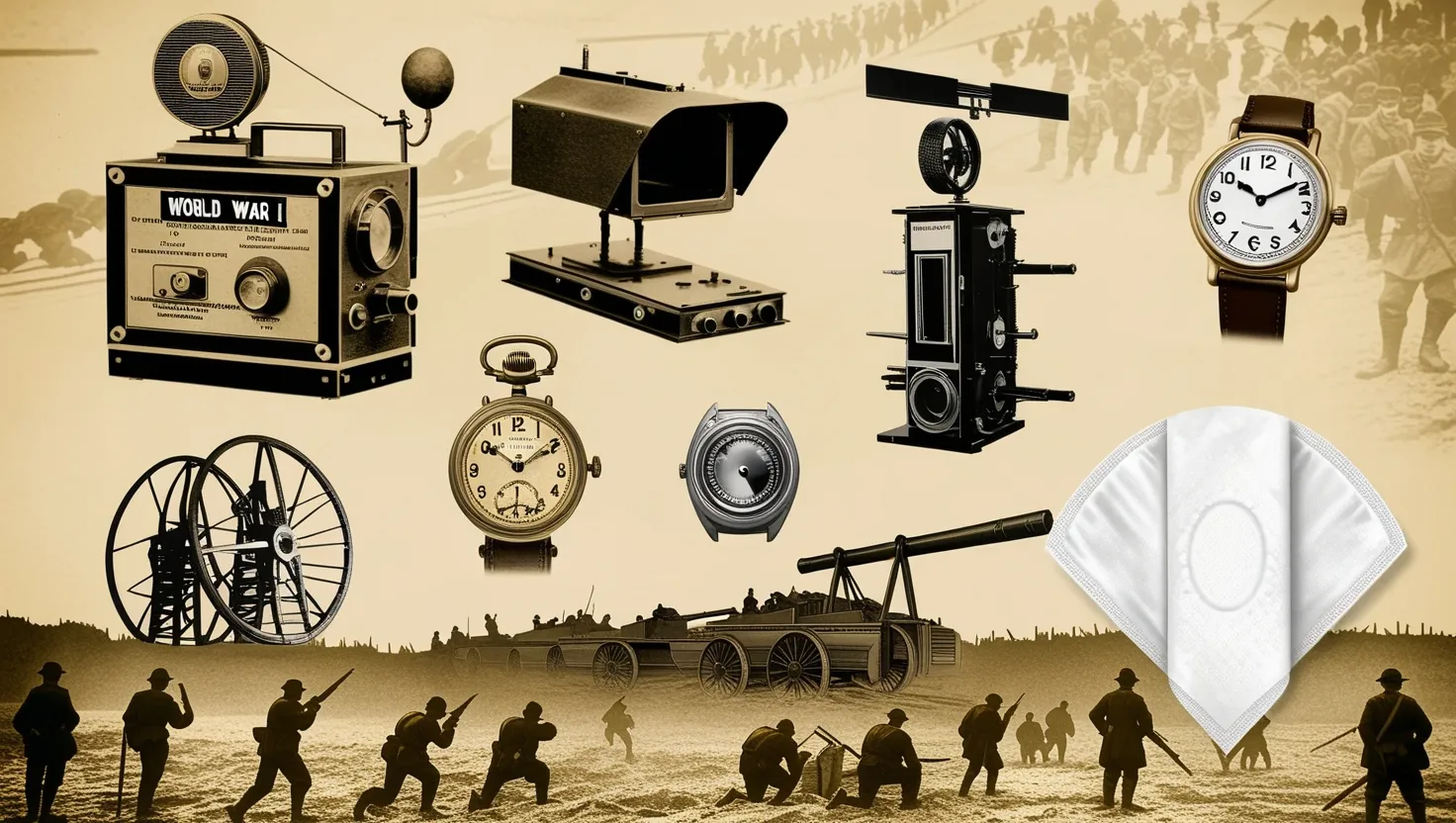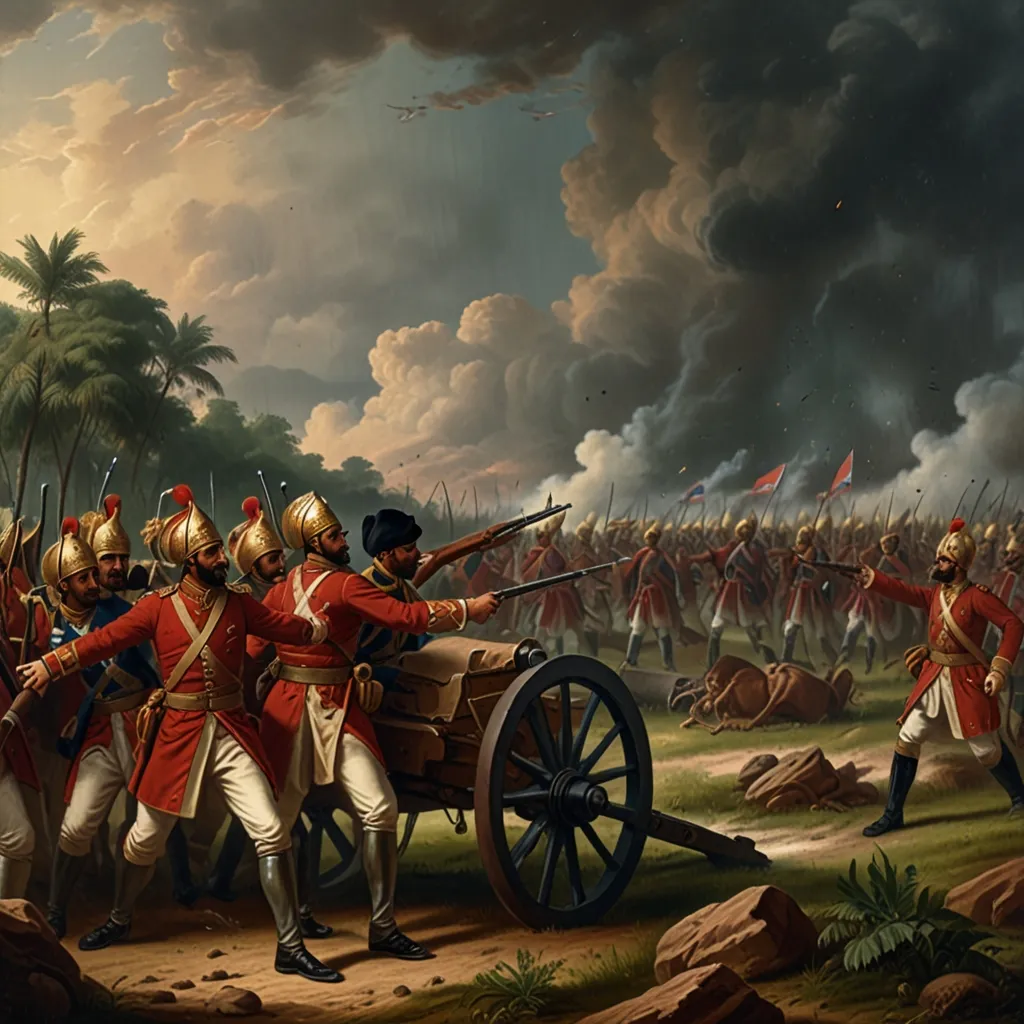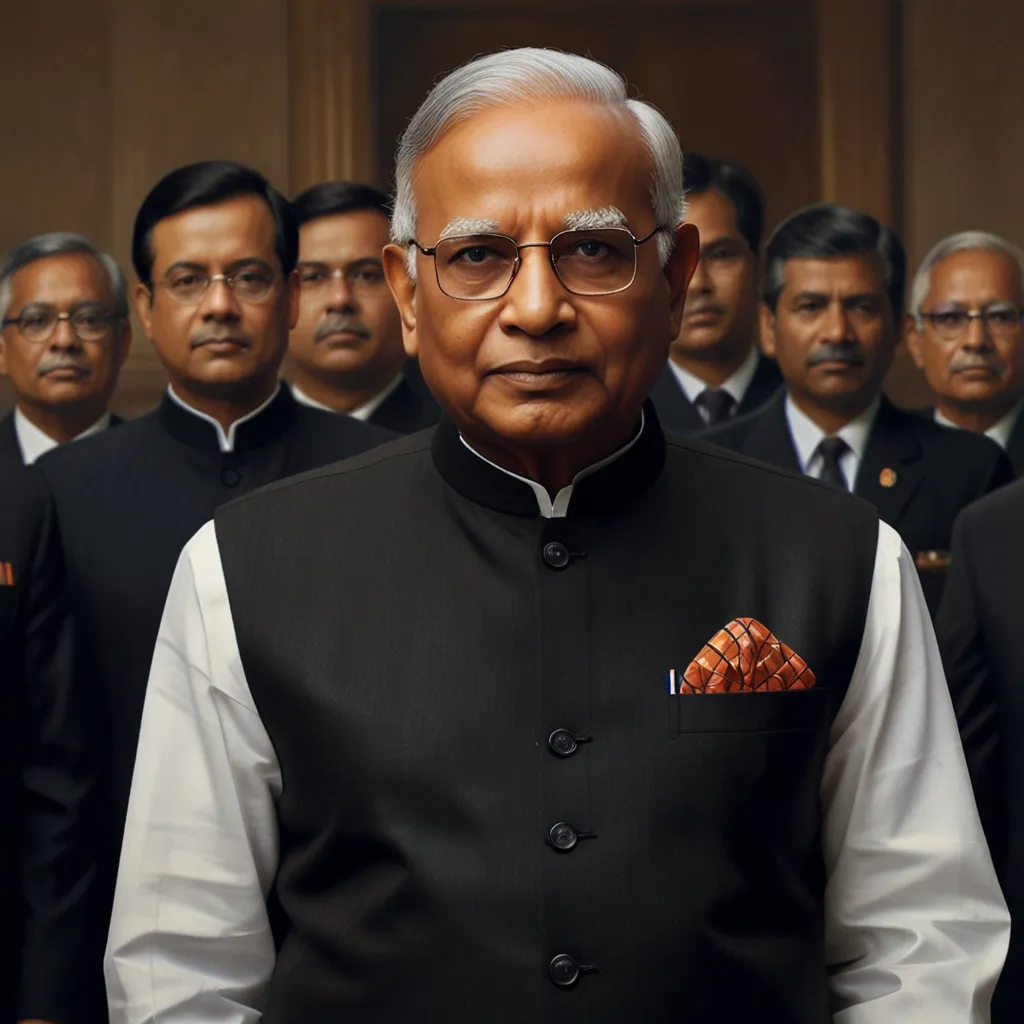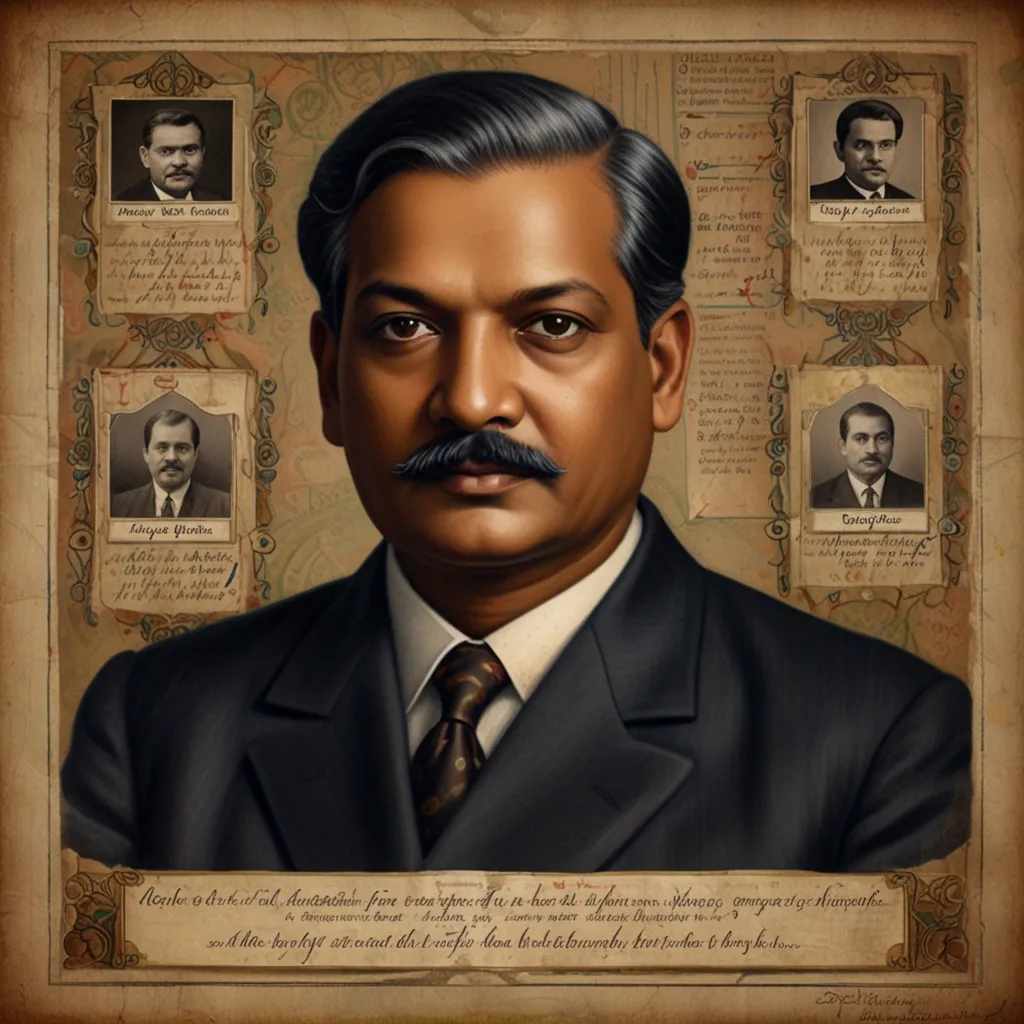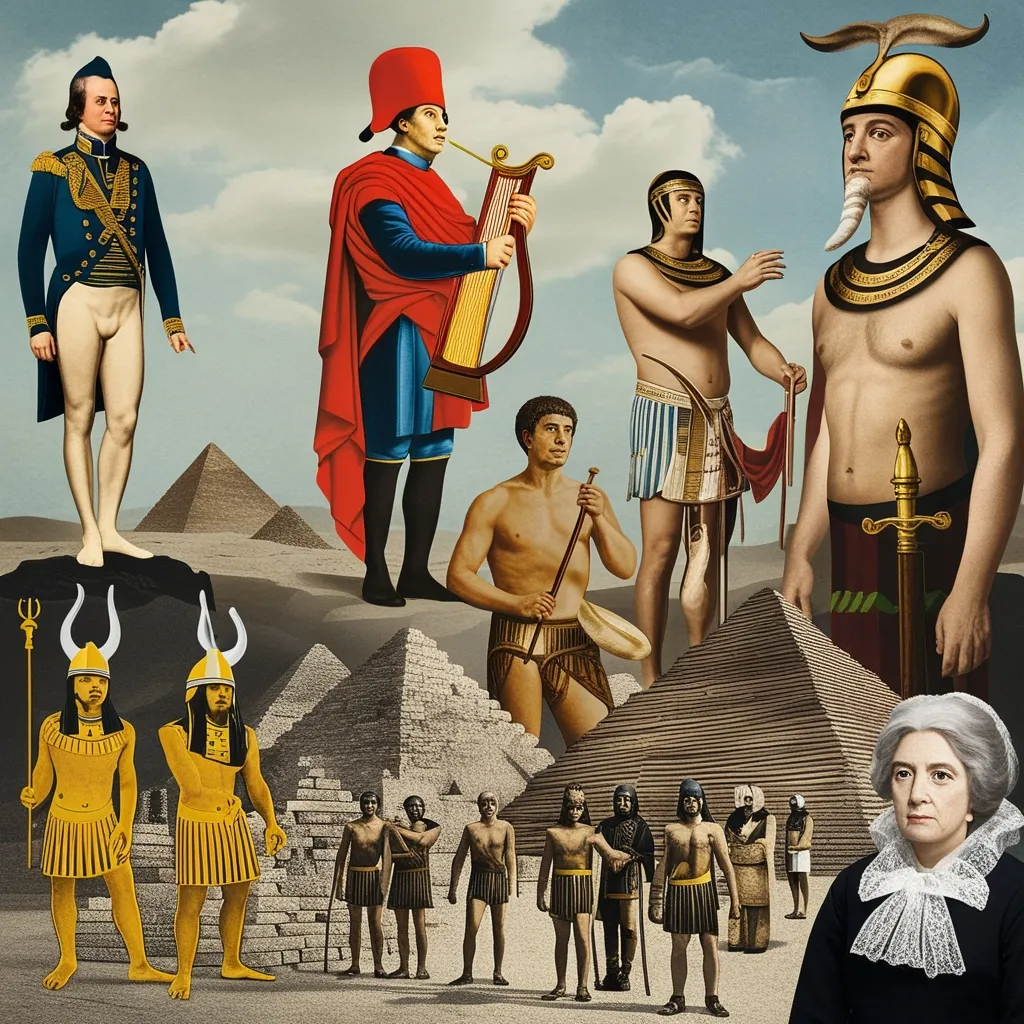As I delve into the lesser-known technological advancements of World War I, I am reminded of the profound impact that wartime innovations can have on society. The Great War, often seen as a brutal and stagnant conflict, was in fact a crucible for technological progress that would shape the world for decades to come.
The Dawn of Wireless Communication
Imagine a battlefield where commands are relayed instantly, regardless of the chaos and distance. This was the promise of wireless communication, a technology that saw significant advancements during World War I. Improvements in radio technology allowed for real-time communication between units, a game-changer in the heat of battle. This was not just about sending messages; it was about coordinating attacks, responding to emergencies, and maintaining morale.
As H.G. Wells once noted, “The future is a race between education and catastrophe.” In the context of wireless communication, this education was rapid and transformative. The groundwork laid during this period would eventually evolve into the modern telecommunications we take for granted today.
The Birth of Blood Banks
In the trenches, the most immediate concern was not the enemy’s artillery but the sheer volume of wounded soldiers. Treating these wounds required innovative solutions, and one such innovation was the development of blood banks. Dr. Oswald Robertson, an American physician, is often credited with establishing the first blood bank in 1917. This revolutionized emergency medicine and surgical practices, saving countless lives and paving the way for modern transfusion techniques.
How many lives were saved by this simple yet profound innovation? The answer is in the thousands, and it’s a testament to how wartime necessities can drive medical breakthroughs.
Aerial Photography: A New Eye in the Sky
Aerial photography, though not entirely new, saw rapid advancement during World War I. Planes were no longer just for dogfighting; they were also for reconnaissance. The ability to capture detailed images of enemy positions from the air was a significant tactical advantage. These techniques later found applications in cartography and urban planning, changing how we map and understand our world.
Imagine the first time a commander saw an aerial photograph of the enemy’s trenches. It was like having a bird’s-eye view of the battlefield, a perspective that could turn the tide of a battle. This technology not only helped in military strategy but also opened up new avenues for civilian use.
The Rise of Wristwatches
Before World War I, pocket watches were the norm. However, the practicalities of trench warfare made them cumbersome. Soldiers needed a timepiece that was both accessible and durable. Thus, the wristwatch gained popularity among soldiers. This shift from pocket watches to wristwatches transformed the personal timepiece industry, making wristwatches a staple of modern life.
Why did this change happen so quickly? It was a matter of necessity. Soldiers couldn’t afford to fumble with pocket watches in the midst of battle. The wristwatch became an essential tool, and its mass production ensured that it would remain a part of our daily lives long after the war ended.
Sanitary Napkins: A Silent Revolution
One of the most overlooked yet significant innovations was the development of sanitary napkins. Originally designed as bandages for wounded soldiers, these absorbent pads soon found another use among women. This innovation improved feminine hygiene and women’s daily lives, a silent revolution that occurred in the shadows of a global conflict.
How did something as mundane as a bandage become a game-changer for women? It was about addressing a basic need that had been neglected for far too long. The widespread use of sanitary napkins marked a significant step forward in women’s health and independence.
The Legacy of Wartime Innovations
As we reflect on these advancements, we are reminded that wartime necessities often lead to civilian applications that impact society long after conflicts end. These innovations were not just about winning a war; they were about changing the world.
In the words of Albert Einstein, “The important thing is not to stop questioning. Curiosity has its own reason for existence.” The curiosity and necessity driven by World War I led to technological advancements that continue to shape our lives today.
So, the next time you glance at your wristwatch, send a text message, or see an aerial photograph, remember the often-overlooked technological advancements of World War I. These innovations were born out of necessity but have left an indelible mark on our world.
